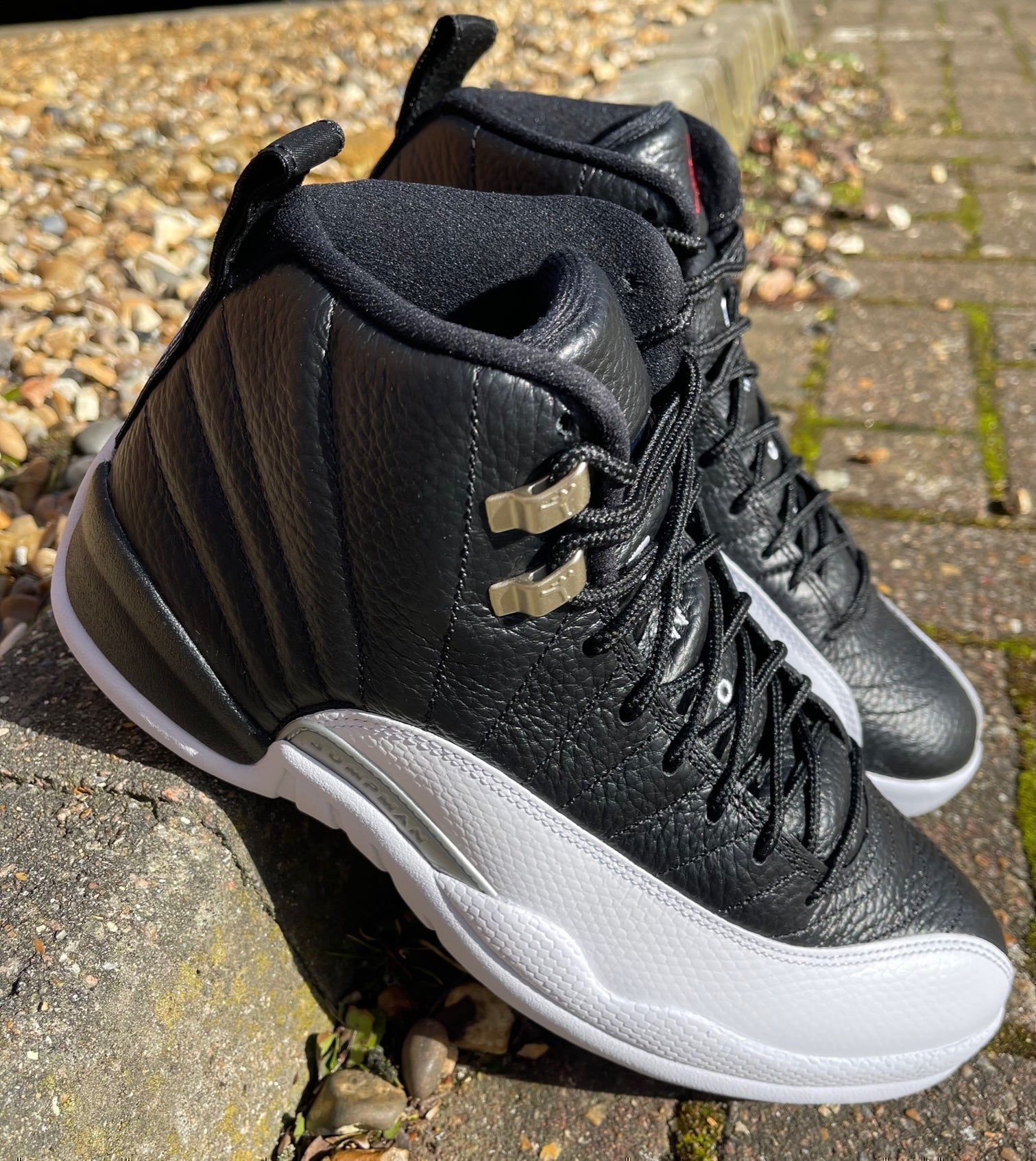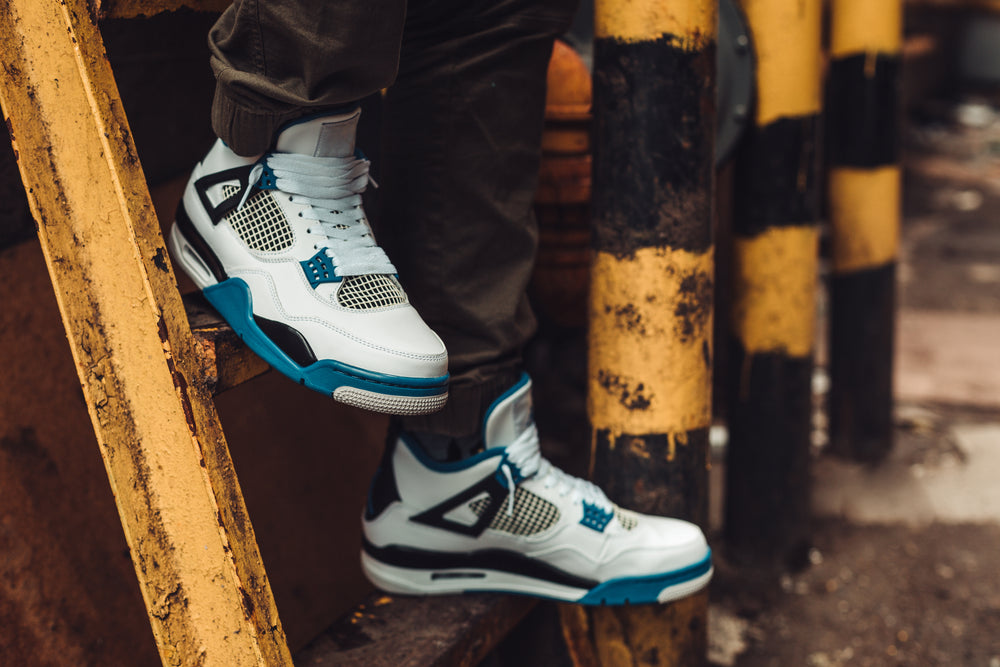Long gone are the days when the achievement of running a marathon was solely down to the training, ability and endurance of the athlete. These days, it is also down to the shoes they are wearing..
Nike released the Vaporfly sneaker in 2017, which revolutionised long-distance running trainers. The brand stated it could improve speeds up to four per cent, thanks to its ability to reduce energy loss and maximise efficiency.
Its carbon-fibre plate in the midsole worked like a springboard to help runners minimise their effort while still keeping pace. Its lightweight and responsive foam ZoomX also provided runners with cushioning and responsiveness.
So impactful were the shoes in marathon races that the technology was scrutinised as providing athletes with performance-enhancing capabilities.
However, this didn’t stop Nike continuing to improve its first marathon shoe, and it soon released an updated version called Vaporfly 4% Flyknit, which had a sock-like fit.
Later came the Vaporfly Next%, with Vaporweave, which was intended to prevent rain from affecting a runner’s performance.
Over the years, it has added new models, including the Vaporfly Next 4% By You and Vaporfly Next% 2, before it launched an even more impressive running trainer, the Alphafly, in 2020.
There have been several versions of this shoe since then, with the most recent having been trialled by Kelvin Kiptum earlier this autumn.
He happened to break the men’s record when he took part in the Chicago Marathon, finishing the race in 2:00:35.
The winner of the women’s race, Sifan Hasan, also wore a pair that day, and managed to achieve the record of the second fastest time in history.
Though the Alphafly 3 is not currently available, it is due for release in January 2024, which could mean there are more marathon records broken next year.
For this model, Nike has used a double dose of Air Zoom units, which helps launch runners.
A full-length carbon-fibre plate also propels them forward and creates a smooth stride, while the ZoomX foam midsole, which is positioned from heel to toe, keeps feet fresh and comfortable and gives runners a responsive ride.
Nike has, undoubtedly, created technology that has changed marathon running forever, with Carrie Dimoff, who leads the Alphafly development team, explaining the shoes are all about conserving the runner’s energy.
“If we can store more of your energy, we can return more of that energy and you can run more efficiently,” she told Runner’s World.
Much of the success of the Alphafly is down to its foam, which Nike perfected after a series of tests. It developed its own version of Pebax, which is a proprietary polyether block amide (PEBA) thermoplastic elastomer (flexible plastic).
Essentially, this material can be made as hard or soft as you want, and in the marathon shoes it has used Pebax to “produce the most energy return”, according to Nike Running footwear product manager Elliott Heath.
Whatever its secret is, Kiptum’s recent record-breaking success shows it is certainly working.














Leave a comment